Mirrors of Bergman (2015)
Género : Documental
Tiempo de ejecución : 3M
Director : Kogonada
Sinopsis
Filmmaker Kogonada reflects on women and mirrors in the films of Ingmar Bergman.
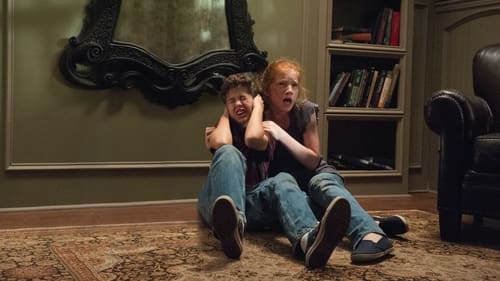
Hace tiempo que un asesinato dejó huérfanos a dos niños. Las autoridades culparon al hermano, pero la hermana creció creyendo que el verdadero culpable había sido un antiguo espejo maldito. Ahora, completamente rehabilitado y con veinte años cumplidos, el hermano está listo para empezar de nuevo, pero la hermana está decidida a demostrar que fue el espejo lo que destrozó a su familia.

Continuación de la conocida historia de "El mago de Oz", en la que Dorothy (Fairuza Balk), de vuelta en Kansas, echa de menos sus aventuras en Oz. Su tía la lleva a un famoso doctor que dice hacer milagros con la electricidad. El azar hace que el tratamiento salga al revés, y Dorothy regresa a Oz. Allí intentará encontrar a sus antiguos amigos en la ciudad Esmeralda, pero el malvado rey Nome los ha transformado...
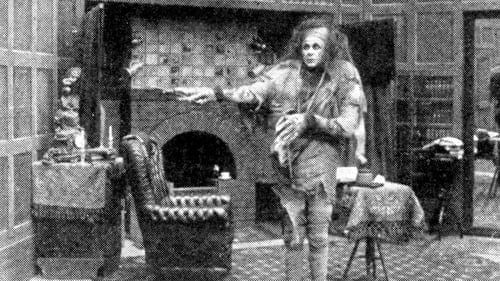
Frankenstein, un joven médico, trata de crear al ser humano perfecto y, sin intención, termina creando un monstruo. Primera versión cinematográfica de la novela de Mary Shelley.
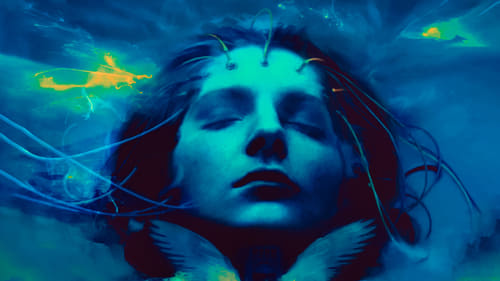
Una joven a punto de casarse comienza a tener aterradores sueños sobre demonios. Cuando se despierta, los demonios son reales y comienzan a cometer crímenes grotescos.

A mediados del siglo XX, se produjo un fenómeno único. Un desgarbado sueco, a punto de cumplir cuarenta años, comenzó un período de producción cinematográfica sin precedentes. Entre 1957 y 1963, filmó algunos de los más grandes clásicos de la historia del cine, produjo varias creaciones teatrales para las tablas y la radio, y dirigió seis películas para televisión. En el mundo del cine, Ingmar Bergman es un personaje único e inimitable.

Preceding her death a young woman relives her life in a mirror world, giving her the chance to fight her killer.
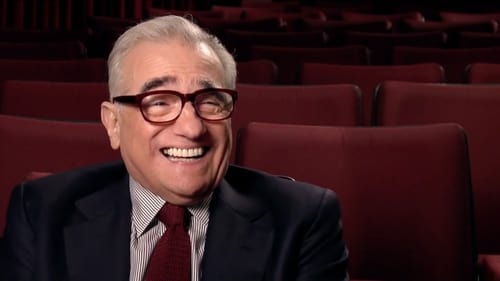
En los años sesenta, el cineasta sueco Ingmar Bergman (1918-2007) construyó una casa en la remota isla de Fårö, situada en el mar Báltico, dejó Estocolmo y se fue a vivir allí. Cuando murió, la casa fue conservada. Un grupo de cinéfilos muy especial, llegado de todo el mundo, viaja a Fårö en busca del genio y su legado. (Versión abreviada de «La videoteca de Bergman», 2012).
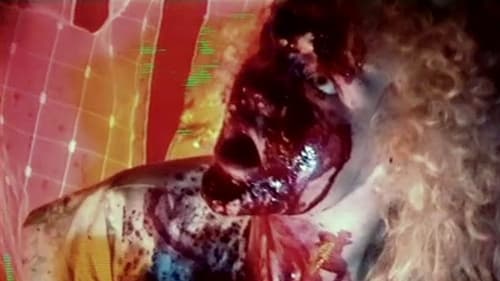
En 1978 un hombre da muerte a una jovencita porque "su espejo lo había poseído". En el presente un hombre encuentra el espejo en un ático, y lo pone en su habitación. Poco a poco comienzan a acontecer extraños sucesos, y la mente del protagonista se puebla de visiones horrorosas. Debut del considerado "maestro del Gore alemán", Olaf Ittenbach.

A visual essay that highlights top-down shots from Wes Anderson's filmography.
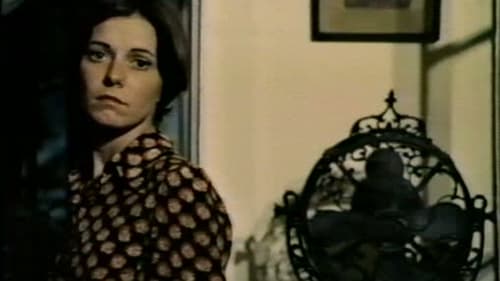
A newlywed couple checks into an old hotel in New Orleans where the wife begins having dreams in which she encounters a sinister group of people who seem to want her for some nefarious purpose. When people around her start dying, she realizes she is not dreaming.

When characters stare at the camera in the films of Alfred Hitchcock, the look is almost always associated with the threat of death (through the eyes of a victim, a murderer, a witness). This momentary suspension between death and life is partly what makes Hitchcock the indisputable master of suspense.

Four of Sweden's most innovative choreographers travel to Ingmar Bergman's home on Fårö to explore and get inspired. The result is a unique contemporary dance film.The renowned Swedish choreographers Alexander Ekman, Pär Isberg, Pontus Lidberg and Joakim Stephenson, with principal dancers Jenny Nilson, Nathalie Nordquist, Oscar Salomonsson and Nadja Sellrup from the Royal Swedish Ballet, interpret Ingmar Bergman through four unique dance performances reflecting on human relations and intense feelings. The dances are linked together with images of the epic natural beauty of Fårö and Bergman's poetic home Hammars, including the voice of the master himself - Ingmar Bergman - revealing his thoughts about movements and music.

People constantly appear walking through passageways in the films of Japanese filmmaker Yasujirō Ozu (1903-63). His art resides in the in-between spaces of modern life, in the transitory: alleys are no longer dark and threatening traps where suspense is born, but simple places of passage.

As Alex struggles with disturbing hallucinations, his wife Vera tries to help, until they both experience their own profound revelations.

Cleverly conceived and artfully edited, Christian Marclay's 7 1/2-minute video, Telephones, comprises a succession of brief film clips that creates a humorous narrative of its own in which the characters, in progression, dial, hear the phone ring, pick it up, converse, react, say goodbye and hang up. In doing so, they express a multitude of emotions--surprise, desire, anger, disbelief, excitement, boredom--ultimately leaving the impression that they are all part of one big conversation.

Dylan and Tracy's relationship comes into question in the bathroom at a party.

A supercut of television’s The First 48. (Aaron Valdez)

Un hombre esta a punto de suicidarse abrumado por sus problemas financieros, hasta que ve su reflejo en el espejo y descubre una razón para no matarse.

Her guerilla friends find out that Sakîne has never seen herself in a mirror. So they go on the quest to transport a tall mirror up into the mountains.














